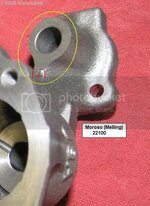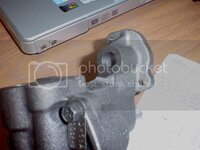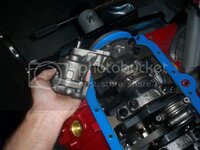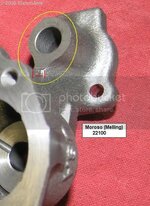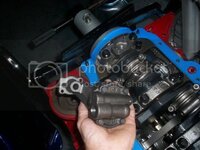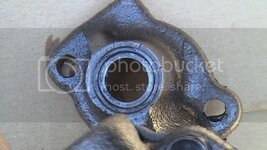clutchdust
Millionaire Playboy
Seriously, how does it really happen? I mean unless the retainer on the pump drive breaks or a shotty rebuild and the pickup is loose or mispositioned, maybe debris from something else getting sucked up into it. I'm really struggling to see how a pump can fail, at least before other parts. Hell, it's the first and last part to get oil.
I've heard of oil pump failures but I just can't imagine a scenario where such a simple device locks up before anything else.
I've heard of oil pump failures but I just can't imagine a scenario where such a simple device locks up before anything else.

